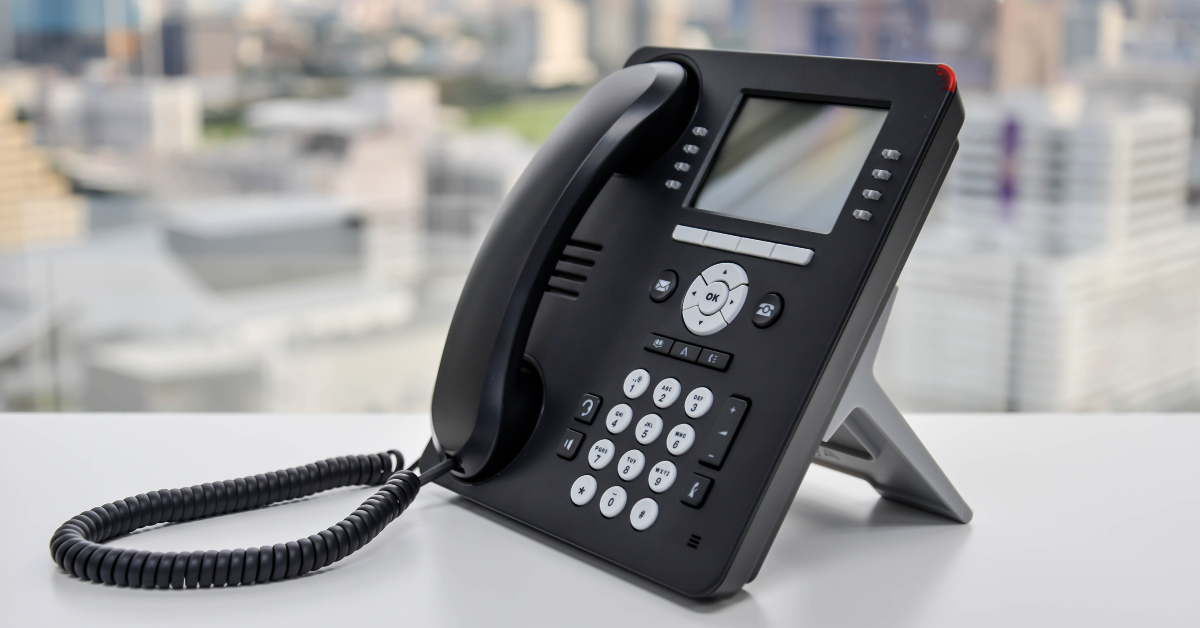
Knowing the dos and don'ts is essential for those who work in customer service. As quickly as a positive experience can generate new business, a negative experience can cause you to lose out on it—which is obviously less than ideal when you’re trying to grow your company and increase your profits.
This article will cover what bad telephone etiquette looks like, why it’s bad for business and steps you can take to identify and improve on it.
What Does Bad Telephone Etiquette Look Like?
At some point or another, most of us have had a negative customer service experience. For the companies behind those complaints, the repercussions can be huge. One-third of consumers say they would consider switching companies after just one instance of bad customer service.
And it doesn’t only come down to losing one customer; the average American actually tells around 15 people when they’ve had a poor customer service experience. Once negative word of mouth begins to spread, business owners can have a real problem on their hands if they don’t act quickly.
So, what exactly makes for a negative customer service experience on the phone? Examples of poor telephone etiquette include:
- Interrupting the caller
- Eating or drinking
- Chewing gum
- Being slow to answer
- Having an unfriendly attitude
- Not being present
- Showing frustration
- Being difficult to understand
- Failing to resolve issues
- Using unprofessional language
Any of these customer service blunders can be bad for business—especially when coupled with a general unwillingness to empathize with the caller on the other end. Here’s how:
4 Ways Poor Telephone Etiquette Is Bad for Business
- Missed Opportunities
One way poor telephone etiquette is bad for business is all the missed opportunities it can present: missed opportunities to convert potential customers, book appointments, boost revenue and grow your business. Negative customer experiences have a direct impact on profitability, with U.S. companies losing upwards of $62 billion annually due to poor customer service.
- Dissatisfied Customers
Customer satisfaction is more important in business today than ever before. When customers are dissatisfied, the result is almost always the same: increased client churn, a higher volume of complaints and poor sentiment regarding your business. However, by improving customer service and increasing customer retention rates by 5%, you can increase your profits anywhere from 25-95%.
- Negative Word of Mouth
Unhappy customers are likely to leave poor online reviews and tell their friends and family about their negative experience. Word of mouth has a significant impact on business growth—especially when the sentiment is negative. In fact, it takes around 40 positive customer experiences to make up for a single bad review. (Yikes!)
- Poor Company Culture
One bad apple just might impact the whole bunch; or in other words, poor phone etiquette and customer service can lead to disengaged employees, unnecessary burnout and increased turnover. When employees are burned out and disengaged, it shows in their work and can even contribute to a toxic company culture—and with a clear link between employee and customer satisfaction, turnover can quickly become a big problem for employers.
How to Identify and Improve Poor Telephone Etiquette
Improving telephone customer service starts with identifying poor etiquette. Complete regular quality checks to assess etiquette and pinpoint potential issues or causes for concern. One way you can accomplish this is to call your company’s customer service line and pretend to be a customer with a complaint, secret shopper style.
You can improve poor telephone etiquette (and in turn, your customer service) by:
- Training call operators on proper phone etiquette and company expectations
- Engaging call operators in comprehensive training exercises to improve both active listening and communication skills
- Creating call scripts to provide guidance for call operators on how to best handle different scenarios (e.g. irate customers)
- Partnering with an answering service such as Dexcomm to offer top-quality customer service that meets and exceeds expectations
Improve Your Company’s Telephone Etiquette With an Answering Service
If you already have an answering service, evaluate their performance to be sure they’re the right partner for your business. You can assess your current answering service’s performance by identifying how quickly call agents answer the phone, whether they’re delivering accurate call data and how customers like dealing with them.
If you have yet to partner with an answering service, consider some of the ways doing so can positively impact your business. An answering service can help ensure you’re available to customers after-hours, reduce the number of overflow calls, improve customer satisfaction and online reviews, schedule more customer appointments, minimize staff burnout, cut down on hold times and ultimately convert more potential customers by offering reliable, quality service.
With a proactive strategy and the right answering service provider, you can improve your company’s telephone etiquette and keep customers satisfied and coming back to your business again and again.




.png)

